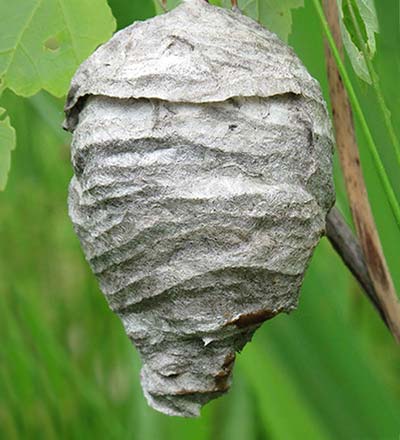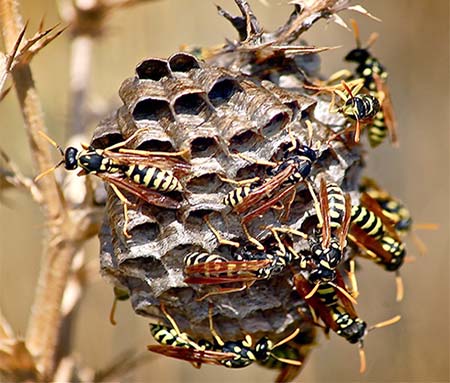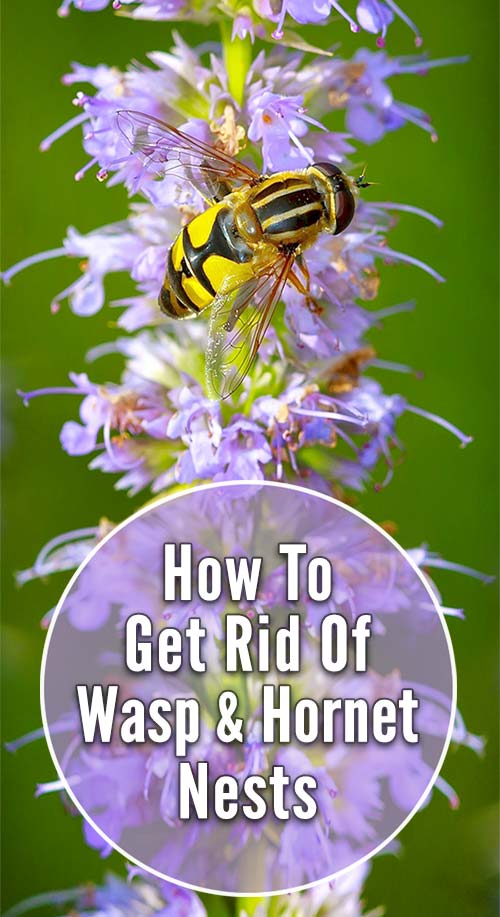Your sprinkler system is an important part of your landscaping. Lawns, trees and plants are very expensive to replace, so it is important to protect and maintain your sprinkler system at all times. Before the temperatures drop with the onset of winter, it’s important that homeowners take the appropriate steps to winterize their sprinklers.
Without the proper preparation, you may be facing expensive repairs to your sprinkler system or the loss of established trees, shrubs, or flowers. And expensive repairs are the last thing that any homeowner wants, especially when a bit of preventative maintenance can avoid this altogether.
Check Your Owner’s Manual
First things first, if possible, look in the owner’s manual for how to winterize your sprinkler system and follow those directions to ensure that you don’t void a warranty or make any other mistakes.
If you’re unable to find the original owner’s manual or just want some quick tips to winterize your sprinklers, we’ve put together several important tips that every homeowner should be aware of.
1. Shut Off the Water
The first thing to do as winter’s freezing temperatures are drawing near is to turn off the water to your sprinklers. Make sure to shut it off at the main valve. Your sprinkler system’s shut-off valve should be housed in a space where it can’t freeze. If this wasn’t done during the installation, perform this task before the frigid weather arrives.
2. Turn Off the Controller
Once you’ve gotten the water turned off, you need to shut off the timer, also known as the controller. Timers sometimes have settings marked rain mode. If yours doesn’t, you will need to disconnect it from the power source.
If your controller is outdated, you may want to update to a model such as a solid-state controller, which has digital displays for time settings as well as efficient energy usage to reduce your electric bills.
3. Remove Backflow Preventer
Your system has a device to prevent backflow, which is great for lawn-watering season, but during the winter, it must be removed and stored safely until spring. After it is removed, it’s time to drain the water.
How to Remove Backflow Preventer:
- First, you can try to siphon it out.
- If siphoning doesn’t work, pump it out with a shop vacuum designed for wet/dry use.
- It’s helpful to attach duct tape to the hose in order to narrow the opening.
- Drain above ground valves and store them, as well.
- You can use pipe-heating cables on some areas, but this can be problematic in case of power failures.
4. Drain Water From Pipes
It’s absolutely crucial that you drain all the water from your irrigation system. If any water is left in the system, it’s possible for the pipes to freeze, which will lead to the pipes cracking or bursting once the water starts to expand.
You can use a shop vacuum to do this process, which can be time consuming, or you can take an easier route. The simpler alternative method to clear your sprinkler valves is to blow them out.
How to Blow Out Irrigation System
Below are the steps to help you blow out your sprinkler system and remove all water from the lines. It’s important that you have the right safety eye protection prior to starting this process. If you have any doubts, it would be best to call a professional.
- Get a large compressor: To drain your valves with the blowout technique, you’re going to need the right equipment: a compressor with 50 cubic feet per minute rating. It’s imperative that the regulator valve gauge on your compressor is accurate.
- Take off the backflow prevention: If you have an anti-siphoning lock on your valve, remove the entire mechanism.
- Turn on the air compressor: Connect this equipment to the backflow-prevention riser.
- Switch on valves: Using the automatic controls, turn on your valves one at a time as you blow out your irrigation system. It’s best to start with the highest elevation and open the hand valves manually.
- Turn on compressor: Take your time and gradually increase the pressure. If it’s too hot or powerful, attach a hose length to modify it.
- Blow out the H2O: Watch the pressure gauge and temperature as you slowly blow the water out.
- Move to the following valve: One by one, move around your yard, blowing out each valve. Repeat this process until the draining process has been completed.
- Blow out main line: You’ll also need to blow out your irrigation system’s main line if it has one.
- Finish up: At the end, you’ll need to replace caps, set rain mode or turn your power source off.
5. Protect Spigots & Hoses
In addition to protecting pipes and valves, you can also safeguard other parts of your landscape-watering system, including:
- Spigots: Protect the spigots by covering them with Styrofoam protective devices that can be found at home improvement stores.
- Hoses: Drain water from garden hoses and store them in an area away from ice and snow to prevent cracking.
Get to Know Your Irrigation System
While it’s not entirely necessary, it’s wise to have a good understanding of the ins-and-outs of your sprinkler system before you start the winterizing process. You don’t have to be an expert, but, if possible, every homeowner should learn what they can about the following:
-
Drain Valve Locations:
Your system should have drain valves at each pipe’s low point. You also need them at high points, so air can be released; otherwise, the water won’t be able to drain properly.
-
Slope of the System:
When a sprinkler system is installed, there should be a slight slope to allow for easy draining.
-
Auto-Drain Valves:
If you install automatic drain valves, your annual winterization can be greatly streamlined.
Create a Map of Irrigation System
It would be helpful to have a diagram or map that tells you where all of the sprinkler heads, valves, and watering zones are located. This will not only help you stay organized, but also make it easier to upgrade, repair or winterize your sprinkler system.
Once you create your irrigation map, keep it in a waterproof and convenient location. This will ensure that it remains helpful and ready all year round.
Know Your Region’s Climate
Before performing any winterizing steps, take time to think about the climate in that your home is located in.
If it snows only once in the season and the temperature barely hits freezing, then you may not have to winterize your irrigation system at all. On the flip side, if your home is in an area that always has freezing temperatures, snow, and ice, then you will definitely need to prepare your irrigation system for the deep freeze.
This is where a professional can be a real help. They know the area well and will be able to tell you how to best prepare your sprinkler system for winter.
Takeaways
If you want a beautiful yard when spring arrives, there are many tasks that a homeowner should do to prepare their yard for winter. One of the most important is to winterize your sprinkler system.
Because it’s a moderately difficult DIY project, consider hiring a professional to do the job for you. You and your front yard and backyard will be glad you did.




